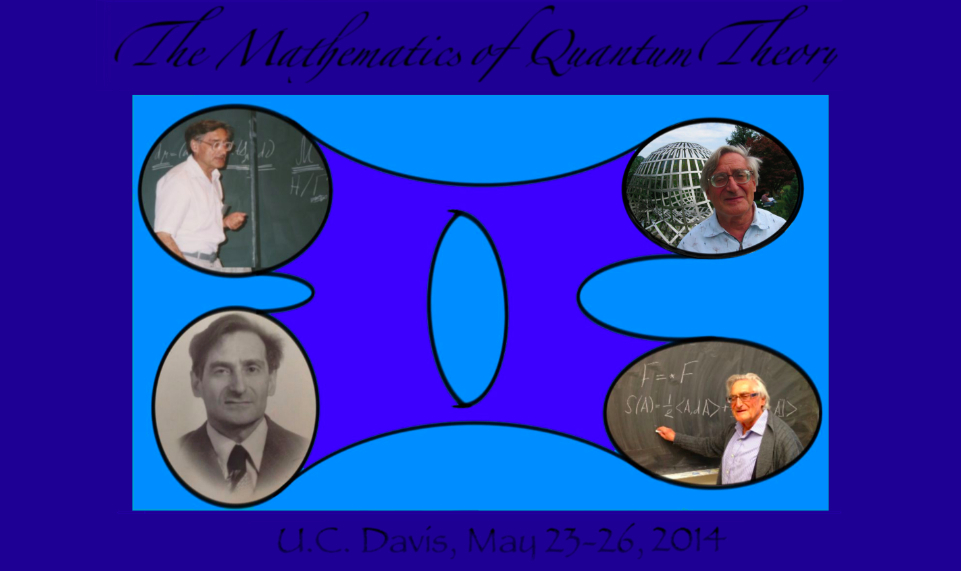Speaker
Prof.
Albert Schwarz
(UC Davis)
Description
One says that a pair $(P,Q)$ of ordinary differential operators specify a quantum curve if $[P,Q]=\hbar$. If a pair of difference operators $(K,L)$ obey the relation $KL=\lambda LK$ where $\lambda =e^{\hbar}$ we say that they specify a discrete quantum curve.
This terminology is prompted by well known results about commuting differential and difference operators , relating pairs of such operators with pairs of meromorphic functions on algebraic curves obeying some conditions.
Our methods are based on the interpretation of quantum curves in terms of infinite-dimensional Grassmannian; in particular, it follows from this interpretation that (discrete) KP-hierarchy can be used to deform a (discrete) quantum curve.
The main goal is to study the moduli spaces of quantum curves. We will relate the moduli spaces for different $\hbar$. We will show how to quantize a pair of commuting differential or difference operators (i.e. to construct the corresponding quantum curve or discrete quantum curve)
Author
Prof.
Albert Schwarz
(UC Davis)

